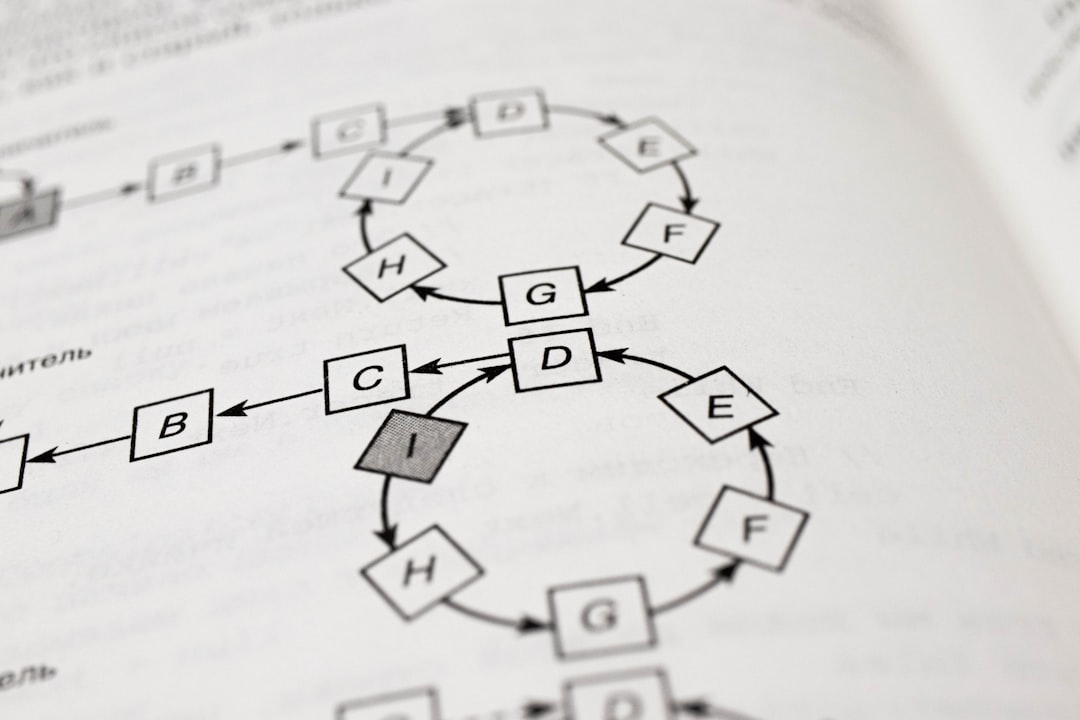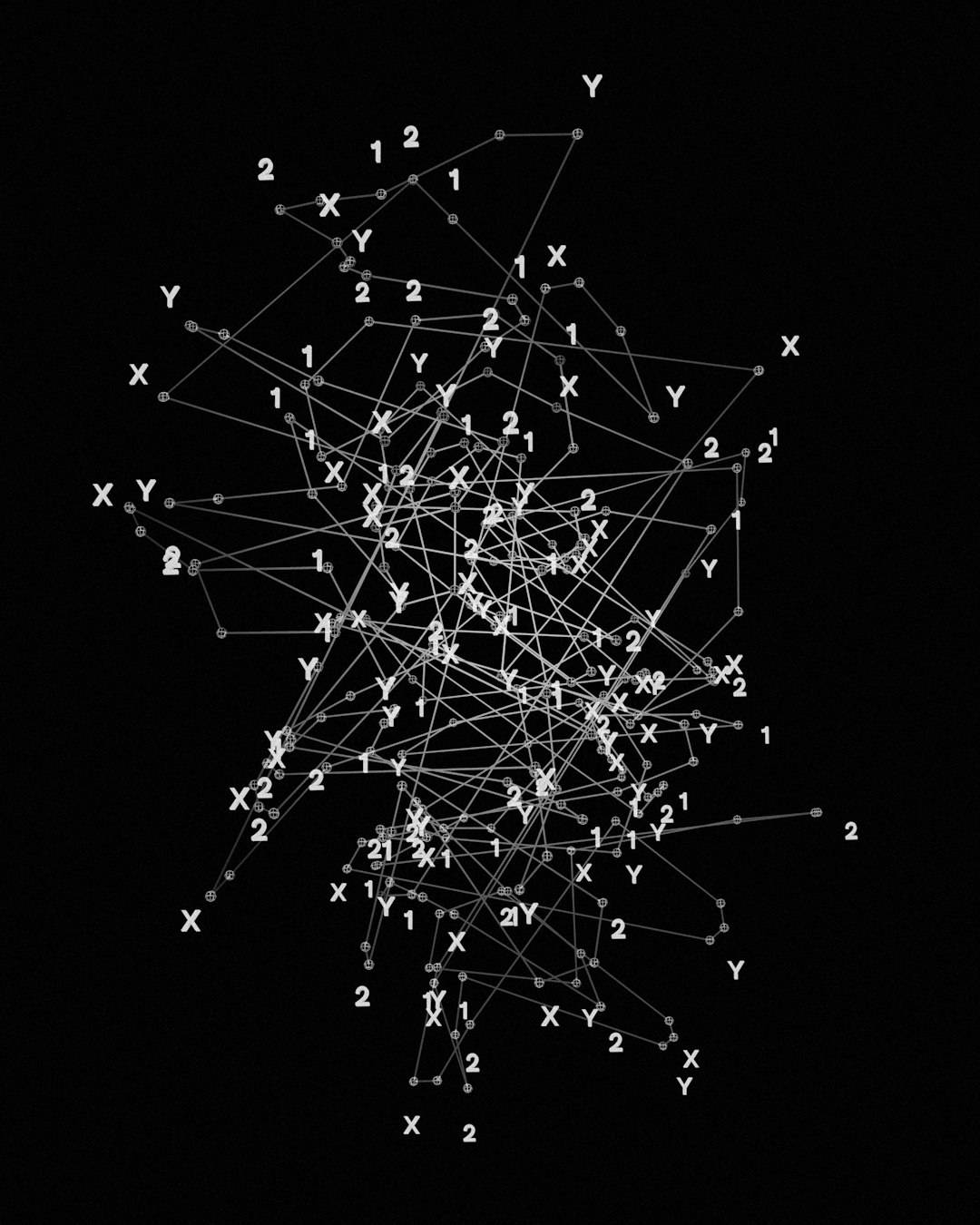As your blog grows, so does the wealth of information it contains. But with dozens or even hundreds of posts, staying on top of what you’ve written—and how all your content connects—can be challenging. That’s where building a knowledge graph comes in. It not only helps you organize your content better but also improves discoverability, user experience, and even SEO performance. If you’ve ever wondered how to unlock the full potential of your blog’s content, a knowledge graph might be the answer.
What Is a Knowledge Graph?
Table of Contents
A knowledge graph is a structured way of representing information where entities (people, places, topics, etc.) are connected through relationships. In the context of a blog, your entities could be:
- Blog topics and subtopics
- Authors
- Tags and categories
- Referenced sources and external links
- Concepts or frequently mentioned ideas
The relationships might be things like “written by,” “related to,” “cites,” or “mentions.” This form of representation mimics the way humans intuitively connect ideas, and it makes it easier for both people and machines to see the bigger picture of your content ecosystem.
Why Build a Knowledge Graph for Your Blog?
There are several compelling reasons to invest time in creating your own knowledge graph:
- Enhanced user navigation: Helps readers discover related content efficiently.
- Improved SEO: Google uses structured data and topic relationships to improve search understanding.
- Content strategy insights: Visualizing topic connections can reveal content gaps or over-saturation.
- Efficient content repurposing: Group related posts into ebooks, courses, or newsletters more easily.
With a knowledge graph, you turn a collection of blog posts into a smartly interconnected repository of knowledge.
Steps to Build a Blog-Based Knowledge Graph
Building a knowledge graph might sound technical, but with a step-by-step approach, you can start simple and scale up as needed.
1. Identify Core Entities
Begin by reviewing your blog and identifying common entities across articles. These could include:
- Topics and subtopics
- People (authors, interviewees, mentioned figures)
- Tools, frameworks, or technologies discussed
- Frequent keywords or terms
Decide on a manageable list to begin with. It’s often best to start with topic-based entities, especially if you use tags or categories consistently.
2. Define Relationships
Next, think about how these entities relate to one another. Examples include:
- “Is related to” – for associating topics
- “Authored by” – for linking posts to authors
- “Mentions” – identifying concepts talked about in the content
- “Cites” – connecting to external sources or references
Defining relationships helps you map the interconnectedness that will form the backbone of your graph.
3. Collect and Structure Your Data
Now it’s time to extract this information from your blog posts. You can do this manually, semi-manually, or automatically depending on resources and scale.
Manually: Start a spreadsheet where each row is a blog post and columns include author, primary topic, subtopics, cited sources, etc.
Semi-Manually: Use text analysis tools or plugins to extract keywords, named entities, and links from your blog content.
Programmatically: If you’re tech-savvy, you can crawl your site using tools like Python’s BeautifulSoup, and analyze the text with NLP libraries like spaCy or NLTK to extract entities and their relationships.

4. Choose a Graph Database or Visualization Tool
Once your data is structured, you’ll need a place to store and visualize it. Popular options include:
- Neo4j: A powerful open-source graph database with excellent community support and visualization tools.
- Gephi: Great for visualizing networks, especially if your dataset isn’t huge.
- Cytoscape: Especially popular in bioinformatics, but works well for knowledge graphs too.
- Graph Commons: A simple platform for mapping and sharing knowledge networks.
Whichever you choose, the idea is to import your entities and their relationships as nodes and edges respectively. This turns raw lists into a visual, navigable web of connections.
5. Keep It Updated
Your blog isn’t static, and neither should your knowledge graph be. Establish a strategy for updating your graph as you publish new content:
- Set monthly or quarterly content reviews
- Add new topics, relationships, or references as needed
- Retire obsolete content or entities to keep the graph clean
Better yet, if possible, automate parts of the update process by using webhooks or integration with your content management system.
Use Cases for a Blog Knowledge Graph
Now that your graph is in place, how can you put it to work? Here are practical applications that make your time investment worthwhile:
1. Enhanced Content Discovery
By integrating your knowledge graph with your blog’s front end, you can power smarter recommendation widgets. Instead of only using tags, you can guide readers to genuinely connected and contextually related posts.
2. Reader-Focused Navigation
Imagine a user interface where readers can visually explore the relationships between topics, moving from one article to another via a map-like interface. This helps them go down rabbit holes of discovery in the best way possible.

3. Improved Content Strategy
Using your graph as an analysis tool, you can assess which topics are covered extensively and which are underrepresented. This guides your editorial calendar and also helps balance topic clusters—a critical element for effective SEO.
4. Easier Repurposing and Summarization
By clustering related content, your graph can handpick sets of blog posts perfect for bundling into ebooks, newsletters, or courses. You already know how the posts connect—the graph just helps you visualize it more efficiently.
Tips for Scaling Your Knowledge Graph
As your blog grows, so should your graph. Here are tips to manage scalability:
- Standardize tagging: Maintain consistent terminology for topics and keywords.
- Implement structured data: Use schema.org or JSON-LD markup where possible in your blog posts.
- Automate entity extraction: Invest in automated tools as your content library grows.
- Set up a feedback loop: Use analytics to see how users interact with your knowledge graph-driven features.
Conclusion: Making Your Blog Smarter
Building a knowledge graph from your blog might seem like an ambitious project—but it can be one of the most rewarding ways to elevate your content’s value. You not only gain deeper insight into your own writing but also create better experiences for readers and stronger content architecture for search engines.
Whether you’re a solo blogger or part of a content team, adding this extra layer of structure helps your blog transcend traditional boundaries, turning static posts into dynamic, interconnected ideas. It’s time to move beyond traditional archives and tags—start mapping your knowledge today.

